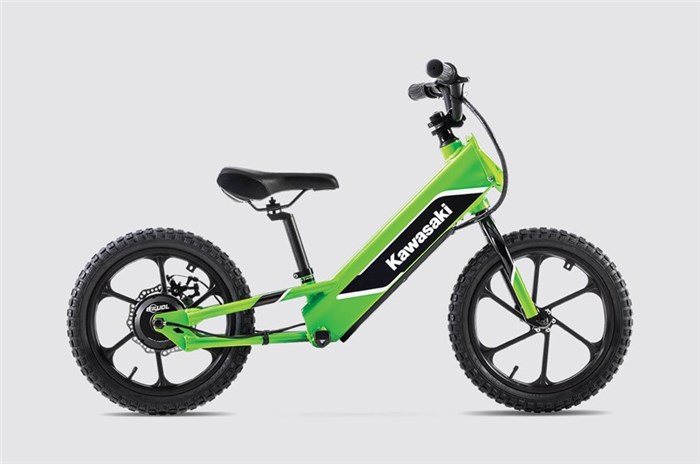
Introduction
In recent years, there has been a notable shift in transportation trends, with a growing emphasis on sustainability and eco-friendly alternatives. One such innovation that has gained significant traction is the electric e bike. This article explores the rise of electric e-bikes, examining their features, benefits, and the impact they are making on the way we commute.
Understanding Electric E-Bikes
What are Electric E-Bikes?
Electric e-bikes, short for electric bicycles, are bicycles equipped with an electric motor to assist propulsion. Unlike traditional bicycles, e-bikes come with a rechargeable battery that powers the motor. Riders can choose to pedal manually, rely on the electric motor, or use a combination of both, providing a versatile and customizable riding experience.
Types of Electric E-Bikes
- Pedal-Assist E-Bikes (Pedelecs): These e-bikes provide assistance only when the rider is pedaling. The electric motor kicks in to amplify the rider’s efforts, making it easier to navigate hills or cover long distances.
- Throttle-Controlled E-Bikes: These e-bikes feature a throttle similar to that of a motorcycle. Riders can control the speed solely through the throttle without the need for pedaling. This type of e-bike is particularly popular for those who want a more laid-back riding experience.
- Speed Pedelecs: Designed for higher speeds, speed pedelecs can reach speeds of up to 28 mph (45 km/h). They are ideal for commuters covering longer distances who want to arrive at their destination quickly.
The Benefits of Electric E-Bikes
Environmental Friendliness
Electric e-bikes are hailed for their environmental benefits. As a zero-emission mode of transportation, they contribute to reducing air pollution and greenhouse gas emissions. With the increasing global emphasis on sustainable living, electric e-bikes offer an eco-friendly alternative for daily commuting.
Health and Fitness
Contrary to the misconception that e-bikes make riders lazy, they can actually promote physical activity. Pedal-assist e-bikes encourage riders to pedal, providing a moderate form of exercise. This is especially beneficial for individuals who may be hesitant to engage in more strenuous physical activities or those with mobility issues.
Cost-Effective Transportation
Compared to traditional vehicles, electric e-bikes are cost-effective in terms of both purchase price and ongoing expenses. They require less maintenance, and the cost of electricity to charge the battery is significantly lower than the expenses associated with gasoline for cars.
Commuting Efficiency
Electric e-bikes are revolutionizing the daily commute. With the ability to navigate traffic more easily and cover longer distances without breaking a sweat, they offer a practical solution for urban commuting. Commuters can arrive at their destinations faster and with less effort, making e-bikes an attractive option for time-conscious individuals.
Overcoming Challenges
Infrastructure and Regulations
While the popularity of electric e-bikes is on the rise, there are still challenges to overcome. The lack of dedicated infrastructure, such as bike lanes and charging stations, can pose obstacles for e-bike users. Additionally, regulations regarding the use of e-bikes vary from region to region, creating confusion and potential safety concerns.
Battery Technology
The efficiency and lifespan of e-bikes largely depend on battery technology. Although advancements have been made in recent years, there is still room for improvement. Research and development in battery technology are crucial to enhancing the overall performance and sustainability of electric e-bikes.
The Future of Electric E-Bikes
Technological Advancements
As technology continues to evolve, so does the potential of electric e-bikes. Innovations such as improved battery efficiency, lightweight materials, and smart connectivity features are shaping the future of e-bike design. These advancements aim to enhance the overall riding experience, making e-bikes even more appealing to a broader audience.
Integration with Public Transportation
Cities worldwide are exploring ways to integrate electric e-bikes into existing public transportation systems. This includes the development of bike-sharing programs and the incorporation of e-bike charging stations at public transport hubs. Such initiatives aim to create a seamless and sustainable multi-modal transportation network.
Cultural Shift Towards Sustainable Living
The growing popularity of electric e bike reflects a broader cultural shift towards sustainable living. As individuals become more conscious of their environmental impact, the demand for eco-friendly transportation options is likely to increase. Electric e-bikes, with their versatility and green credentials, are positioned to play a significant role in this shift.
Conclusion
Electric e bike represent a transformative force in the world of transportation. With their environmental benefits, health advantages, and cost-effectiveness, e-bikes are redefining how we approach commuting. While challenges such as infrastructure and regulations persist, ongoing technological advancements and a cultural shift towards sustainability indicate a bright future for electric e-bikes. As we embrace this innovative mode of transportation, we pave the way for a greener and more efficient urban landscape.
Recommended Articles: Electric Dirt Bikes for Adults
Electric Bikes for Sale Near Me
Buy Surron Electric online cheap